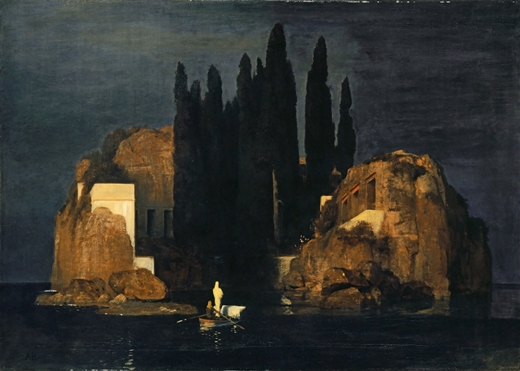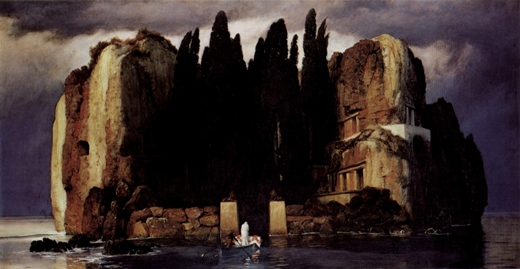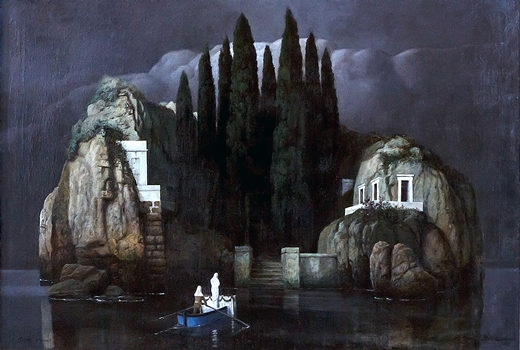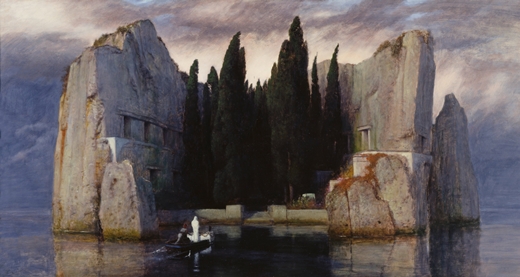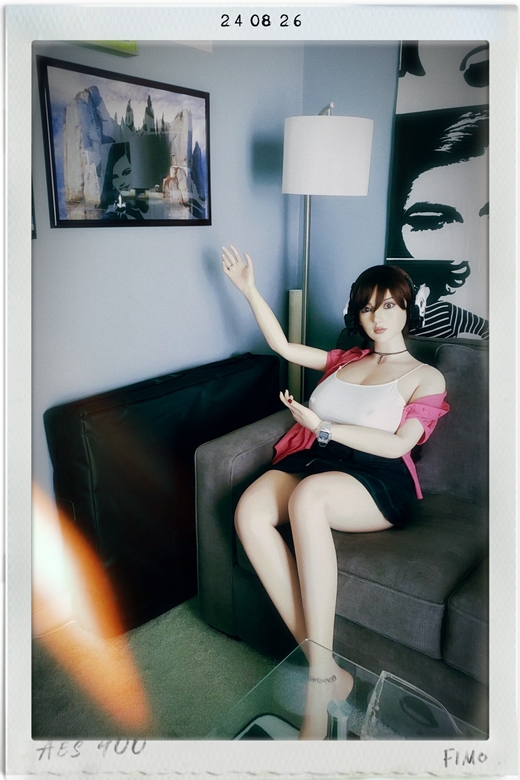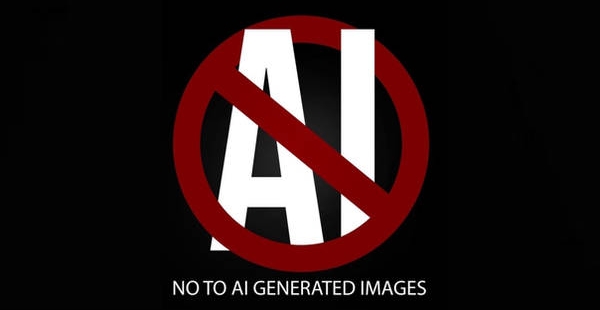Two different types of person
typed for your pleasure on 13 December 2024, at 7.01 pmSdtrk: ‘All stitched up’ by The hearing trumpet
Sitting comfortably in the top twenty section of my Favourite Films List would be both ‘Blade runner’ — the Final Cut version, if I’m being specific — and ‘Blade runner 2049’. I’d actually seen the 1982 theatrical release when it came out, and am one of the thousands of individuals who loved it from the off. Really, what’s not to like? Beautifully shot and directed, worldbuilding that immediately draws you in through its visual and sound design, the clothes, the tech *fans self* and most of all, a story that’s centred round artificial humans with the overall question being ‘is there truly a difference between Organik humans and Synthetik ones?’ When word got out close to thirty years later that there would be a sequel, my reaction was similar to thousands of individuals thinking this was a mistake, and the film would be shite from start to finish.
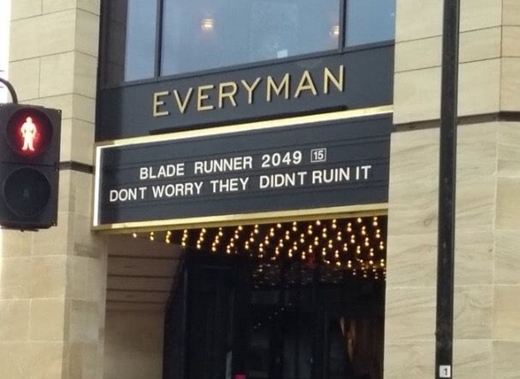
Truth in advertising
‘Blade runner 2049’ has the distinction of being the only film I’ve ever seen in the theatre that I saw in the theatre a second time two or three days later. Maybe it helped that I was considerably older than I was in 1982, as well as being much, much more enthusiastic about the idea of Synthetik humans — no guesses as to why — but the tale of K trying to learn who he was in the face of all that he had been told as a Replicant police officer affected me even more than the story of a man ostensibly being sent out to retire ‘rogue’ Replicants.
For me, it’s not a case of ‘which do you like more, the original or 2049’, as I’m simply unable to choose. They’re both excellent films in differing and similar ways, and you can’t make me choose, so there.
Slight spoilers ahead if you, for some bizarre reason, haven’t already seen the film, but there’s loads of things from ‘2049’ that I get a kick out of… the updated spinner designs, especially K’s Peugeot spinner that included a drone, the ruins of Las Vegas, Luv remotely using flechette-based satellite weaponry, the Baseline test, that fucking incredible soundtrack — fun fact: when Jaro Asikainen & Turkka Korkiamäki filmed the Missus and I for Finnish telly back in 2018, one of the many things we bonded over was how cool the soundtrack was, and we listened to it throughout much of our stint in San Marcos — I could go on, but I’m trying my damnedest to rein myself in, here. But even with everything about ‘2049’ being exceptional, this exchange between K (Ryan Gosling) and Mariette (Mackenzie Davis) makes me smile every time I watch it.
For context — again, go watch the film in its entirety, but ONLY! After you finish reading this post — KD6-3.7 is a Nexus-9 series Replicant, whose duty is to hunt down and retire any remaining Replicants from the preceding Nexus series. Mariette is a Nexus-8 Replicant who’s a sexworker. K has a wife in the form of Joi, a hologram made by the Wallace corporation, and that musical sting you’ll hear at 2.57, which are the first few notes of Prokofiev’s Peter and the wolf, is both a notification from Joi, and the company jingle. Skip ahead to the 1.26 mark, if you like:
I dunno; really this is more of a personal observation than anything else, but the fact that Replicants — bio-engineered, vat-grown, lab-created humans — are considered to be ‘real’ whereas intangible hologram companions are not, made me grin from ear to ear. Hopefully this isn’t seen as me being disparaging in the slightest towards any Organiks who prefer or have virtual partners, such as Akihiko Kondo or anyone with a companion through the Replika platform, but I just think it’s amusingly ironic. In the Blade runner universe, the goalposts have shifted somewhat, and even though there are many people in society who don’t like or trust Replicants, they’ve earned the status of being ‘real’.
Is there truly a difference between Organik humans and Synthetik ones?
Random similar posts, for more timewasting:
Unacceptable. UNACCEPTABLE!! on January 28th, 2006
Any Synthetiks-related news, Davecat? (Jun 2006) on June 6th, 2006












